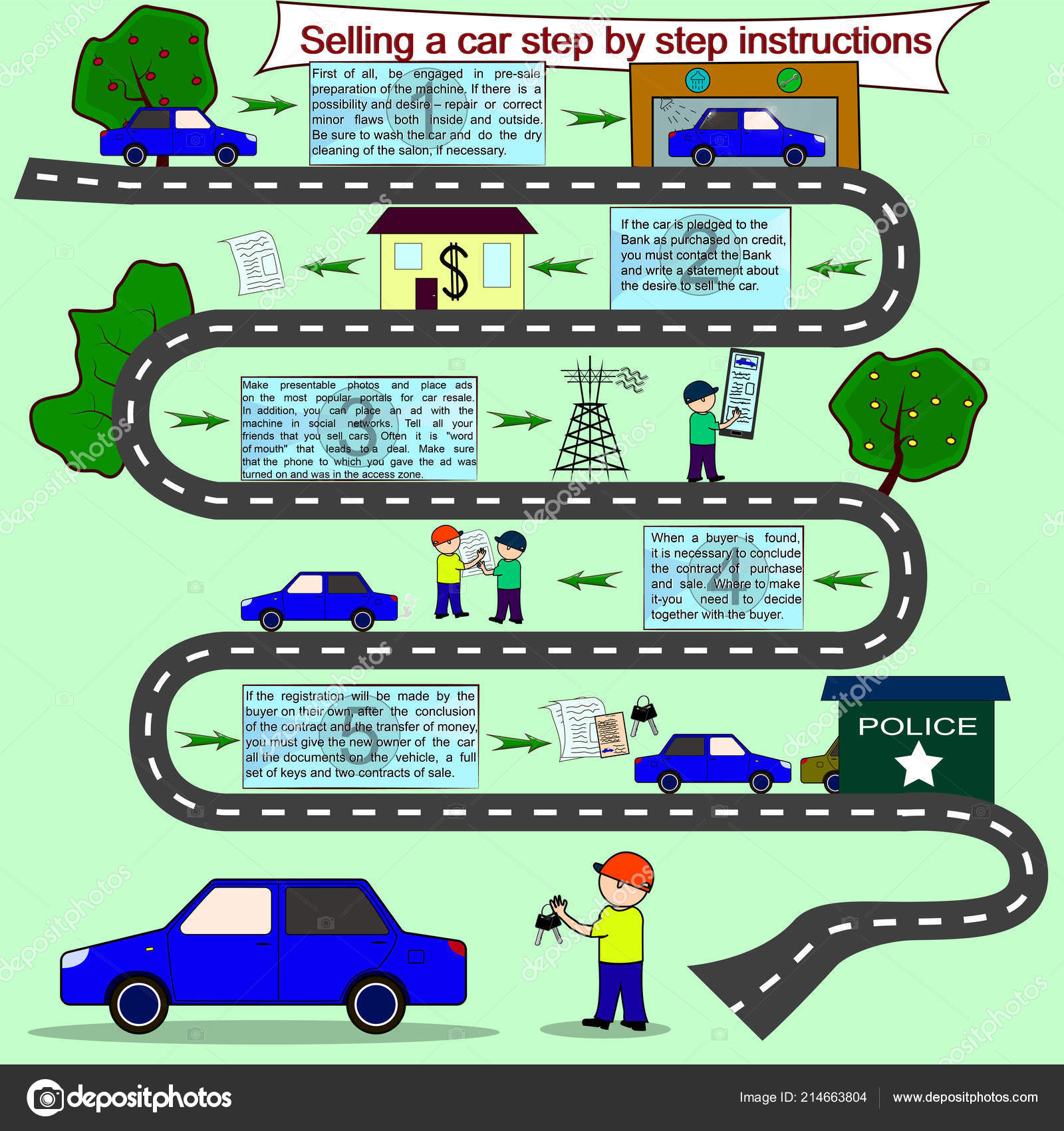Understanding The Most Frequent Dashboard Warning Lights And Their Importance
Understanding The Most Frequent Dashboard Warning Lights And Their Importance
Blog Article
Written By-McCallum Hoffmann
When you're behind the wheel, those control panel warning lights can be a real mystery. But did you recognize that deciphering them can save you from possible car difficulties later on? From the threatening check engine light to the subtle oil stress warning and the ever-important battery light, each one functions as a crucial signal from your car. It's time to clarify these usual control panel cautions and equip yourself with the understanding to navigate the road in advance.
Comprehending the Inspect Engine Light
When your control panel lights up with the check engine light, it is essential not to panic but to take immediate activity. The check engine light serves as a warning that your car's onboard diagnostic system has discovered a possible problem with the engine, exhausts, or other important components. Ignoring this light can result in extra extreme problems down the road, so it's essential to resolve it quickly.
To comprehend the source of the problem setting off the check engine light, you can make use of an OBD-II scanner to fetch the particular trouble codes stored in your vehicle's computer system. These codes give important info that can help determine the underlying issue.
While some problems creating the check engine light might be minor, such as a loose gas cap, others could indicate extra considerable worries that call for expert attention.
Translating the Oil Pressure Warning
Upon witnessing the oil pressure advising light on your control panel, immediate interest is vital. This warning suggests that the oil pressure in your engine may be as well low, which can result in major engine damages if not dealt with promptly. Reduced oil stress can be brought on by a range of problems such as a leakage, a malfunctioning oil pump, or reduced oil levels. Disregarding this warning light could cause expensive repairs or perhaps engine failing.
If you see the oil pressure cautioning light come on, the very first step is to securely pull over sideways of the road and switch off your engine. Check the oil level using the dipstick and ensure it goes to the recommended degree.
If the oil degree is low, leading it up with the suitable oil for your automobile. If the oil level is sufficient, do not continue driving and seek help from a technician to identify and deal with the issue without delay. Bear in mind, preserving proper oil stress is essential for the wellness and durability of your engine.
Analyzing the Battery Light
To figure out the relevance of the battery light on your dashboard, you have to comprehend its crucial duty in your lorry's electric system. When the battery light illuminates while you're driving, it shows that the electric system isn't obtaining adequate power from the battery.
This could be because of a stopping working battery, a defective generator, or concerns with the billing system. Neglecting this alerting light can cause your vehicle stalling or being incapable to begin.
If the battery light begins, it's suggested to safely pull over and have your lorry checked by a technician asap. They can perform diagnostics to pinpoint the underlying concern and prevent a possible failure.
Final thought
Since you recognize exactly how to determine the most usual caution lights on your dashboard and what they mean, you can deal with any type of potential issues immediately. Bear in mind, the check engine light, oil stress caution, and battery light are very important indicators of your vehicle's health. Stay informed, remain https://www.latimes.com/socal/daily-pilot/news/story/2022-03-12/auto-shop-miracle-worker-and-his-vast-menagerie-keep-costa-mesa-drivers-coming-back , and maintain your car running smoothly by taking notice of these warning signs.
